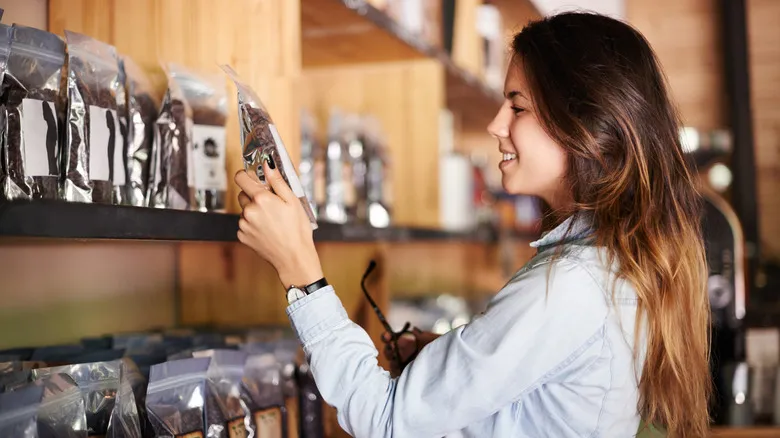The coffee bean packaging you should avoid
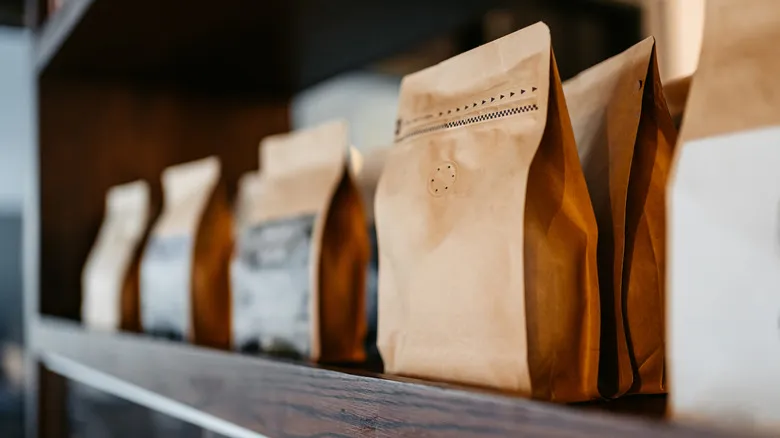
We've discussed the types of packaging you should look for, so now let's focus on what to steer clear of. First and foremost, avoid bags that lack a one-way valve. Coffee beans in packages without this useful feature often contain excess air because the beans can't release their natural gases. This not only compromises the freshness of the beans but can also be hazardous, as the bag may burst over time. Additionally, while vacuum-sealed bags might seem like a good option for preserving freshness, they also inhibit the release of gas from the coffee.
Next, it's wise to stay away from paper bags or those that don't have a proper seal. Paper bags or those that require folding are more susceptible to allowing excess oxygen in. Oxygen can lead to stale beans, as it diminishes their rich flavor and aroma, so it's best to avoid this scenario.
For optimal quality and convenience, choose a fully sealable bag with a one-way valve. These bags will keep your beans fresh for a longer period, ensuring you don't have to deal with stale coffee. Plus, with the right packaging, you can feel confident that you're purchasing high-quality beans. As a bonus, if you press down on these bags, the gas inside will escape through the valve, allowing you to enjoy the aroma and assess the coffee's quality firsthand.
The uncertain future of one-way valves

While one-way valve bags are currently the preferred option, they may soon become obsolete, and coffee enthusiasts should take note of this shift. Recently, some roasters have faced a dilemma as recyclable bags gain popularity, yet no suitable alternative for the plastic one-way valves has emerged. As a result, some roasters have opted to eliminate the valve in favor of recyclability, introducing innovative solutions for their coffee bags. For instance, some have implemented a small slit at the top of the bag to allow carbon dioxide to escape. Although this solution isn't as effective as a traditional one-way valve, it helps prevent the bags from bursting and is certainly better than having no opening at all. Additionally, carbon dioxide will still escape more quickly than oxygen can enter, making this approach a reasonable compromise for those who prioritize environmental sustainability.
In summary, it's important to research which type of coffee beans will best meet your preferences, but generally, beans stored in a sealable bag with a one-way valve tend to perform best. (And if you want to extend their freshness, consider freezing your coffee beans for added longevity.)
Recommended
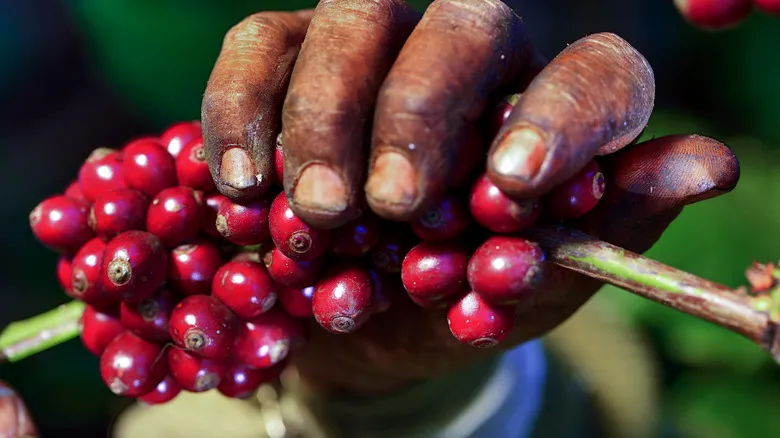
The Difference Between Arabica And Canephora Coffee Species
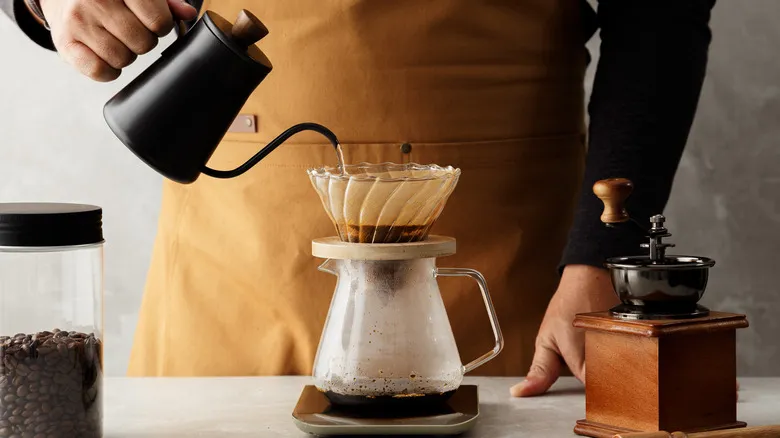
How Tap Water Affects Your Home-Brewed Coffee

What Are Red Eye And Black Eye Coffee Orders?
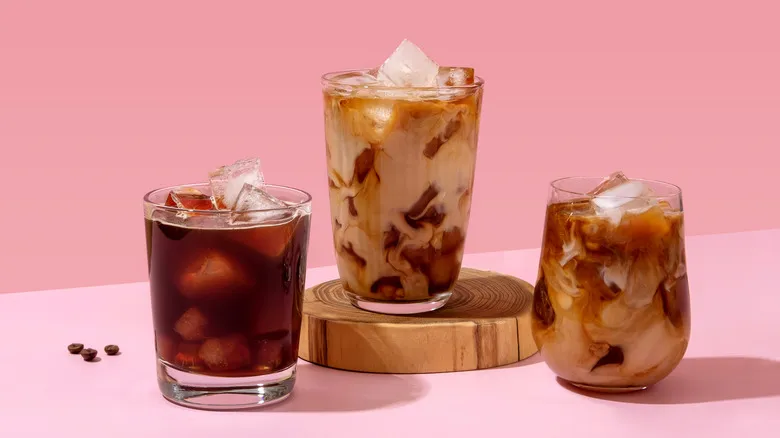
Cold Brew Vs. Iced Coffee: Which Is Stronger?
Next up

